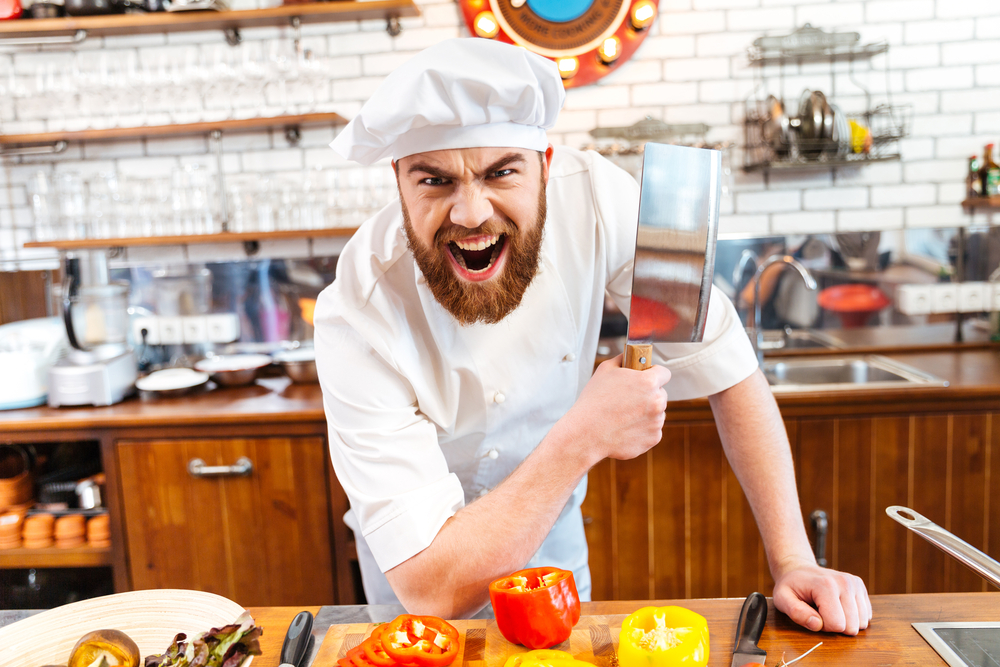Improve your cooking now!
Others are reading now
Cooking at home can be a rewarding experience, but even skilled home cooks often make mistakes that affect the quality of their dishes.
Many of these errors are easy to avoid with a better understanding of fundamental cooking techniques.
Simple adjustments can significantly enhance flavors, textures, and overall results.
There are common habits that make cooking more difficult and less effective than it should be.
Also read
Professional chefs frequently notice these mistakes and wish home cooks would recognize and correct them.
By refining your approach in the kitchen, you can create better, more balanced, and delicious meals with ease.
Overcrowding the Pan

When you cram too much food into a pan, it lowers the cooking temperature and prevents proper browning.
Instead of getting a nice sear, your food ends up steaming and becoming soggy.
Give your ingredients space, and if needed, cook in batches for evenly browned and flavorful results.
Using Dull Knives
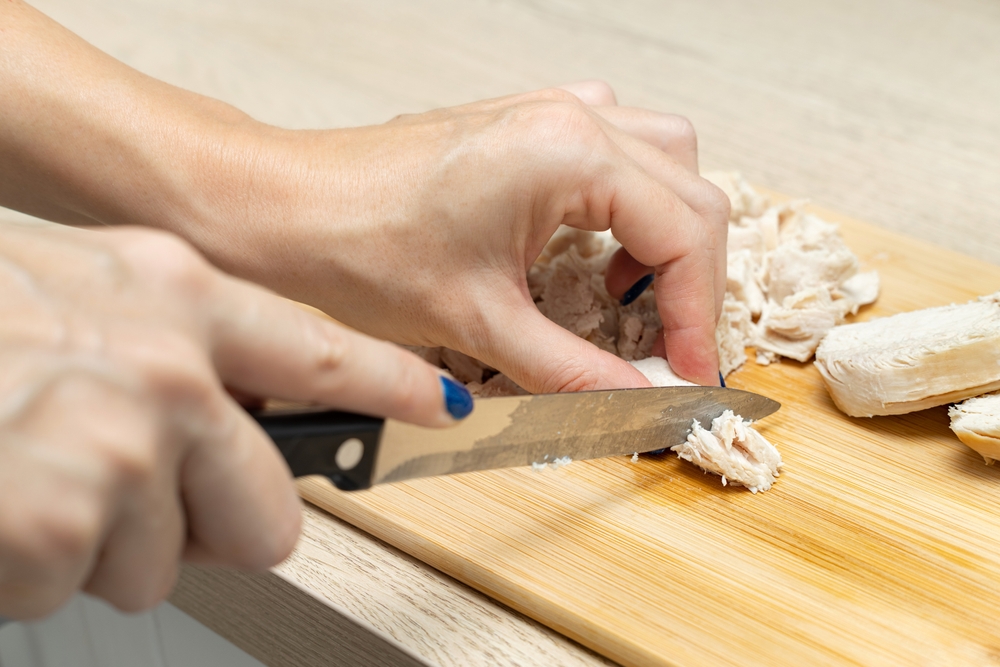
A dull knife requires more pressure to cut, increasing the chances of slipping and getting hurt.
It also makes food preparation inefficient and messy, leading to uneven cuts that affect cooking times.
Keep your knives sharp by honing them regularly and getting them professionally sharpened every few months.
Over- or Under-Seasoning
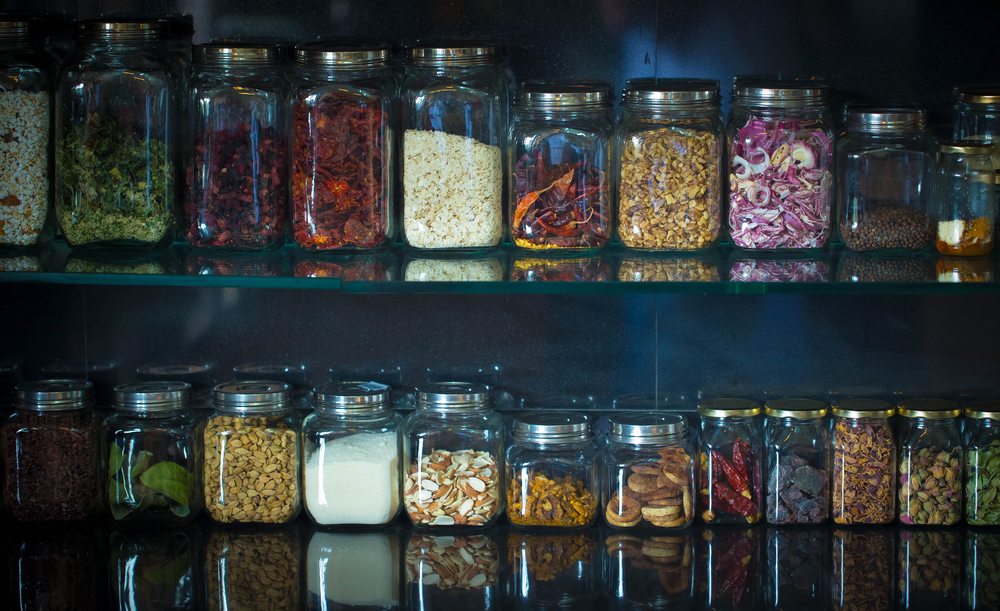
Salt is a key ingredient in bringing out flavors, but adding too much can ruin a dish.
Many home cooks either under-season, leaving food bland, or overdo it, making it too salty to enjoy.
The key is to season gradually, taste as you cook, and balance flavors with acid, like lemon juice or vinegar.
Ignoring the Importance of Mise en Place
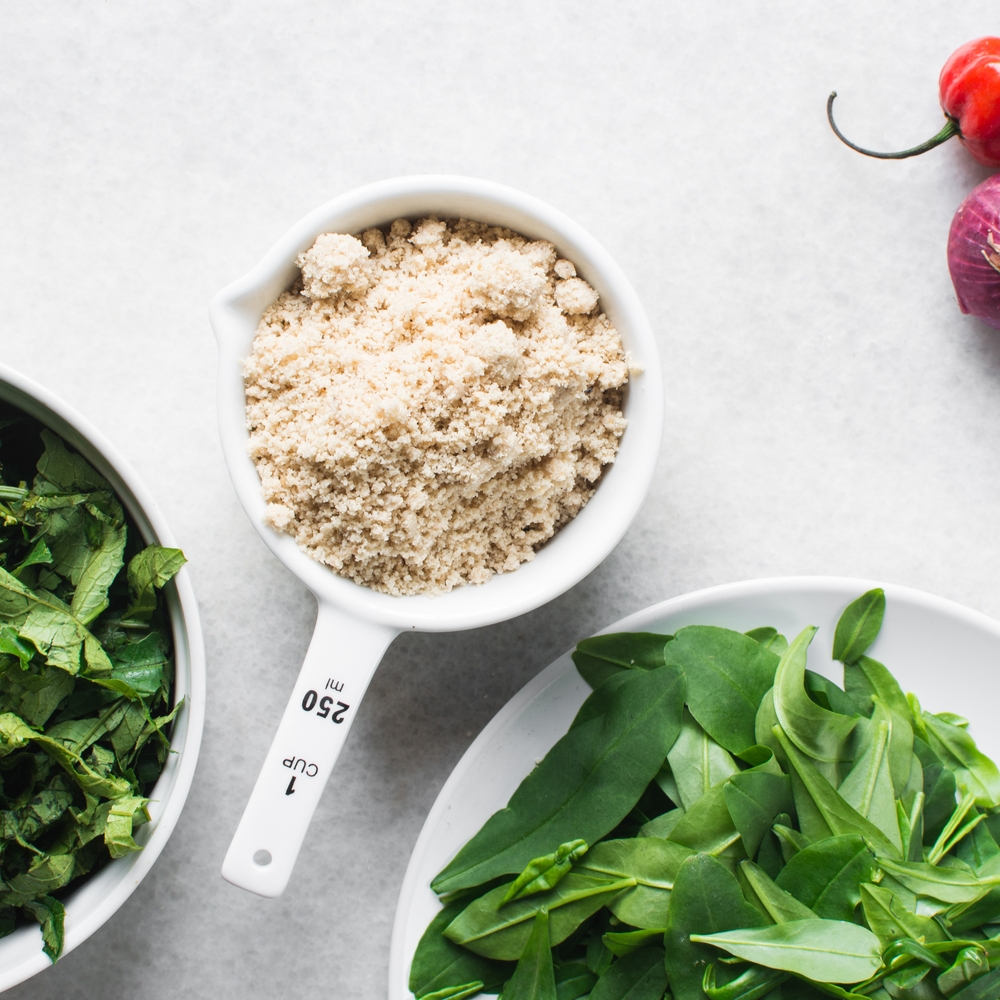
“Mise en place” is a chef’s secret weapon—it means having everything prepped before you start cooking.
When ingredients aren’t chopped, measured, or ready to go, you risk burning food while scrambling to get the next step done.
Taking a few extra minutes to prepare in advance ensures smoother cooking and better results.
Cooking Cold Meat Straight from the Fridge
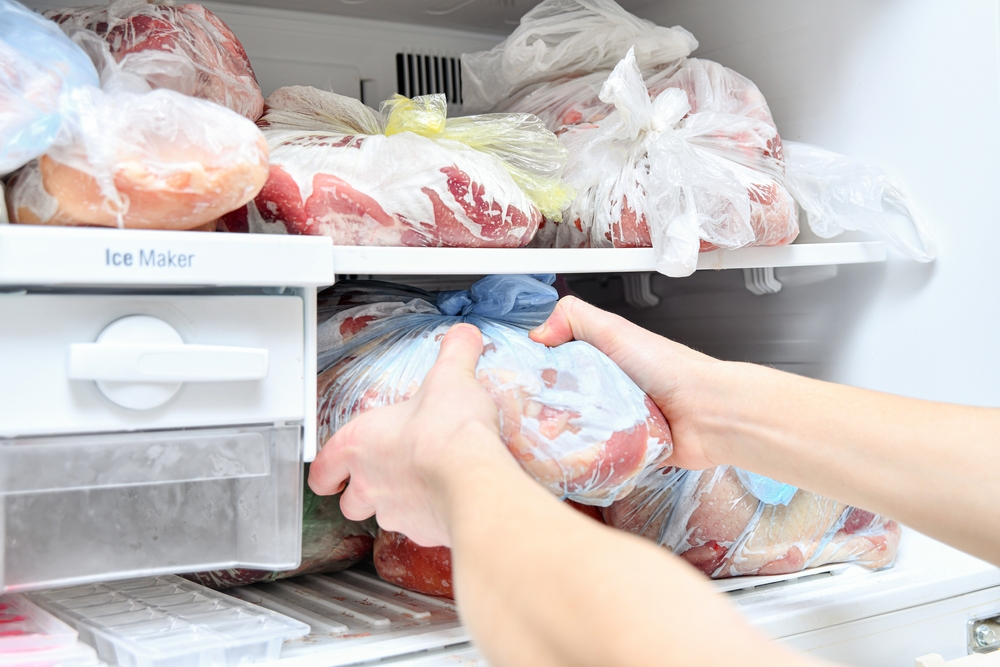
Throwing cold meat directly onto a hot pan leads to uneven cooking, with the outside burning before the inside is fully cooked.
For best results, let meat sit at room temperature for 15–30 minutes before cooking.
This helps it cook evenly and retain its juices, giving you a tender and flavorful result.
Not Letting Meat Rest After Cooking
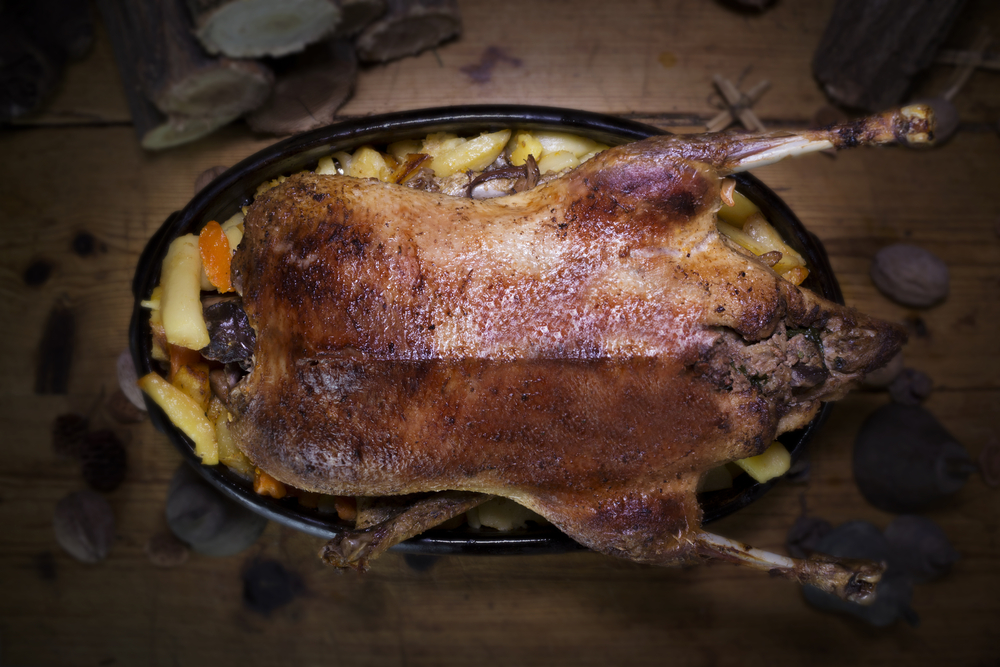
Cutting into meat immediately after cooking releases all the flavorful juices onto the cutting board.
This leaves the meat dry and less enjoyable.
Resting meat for at least five minutes allows the juices to redistribute, keeping it tender and juicy when you finally slice into it.
Using the Wrong Pan for the Job
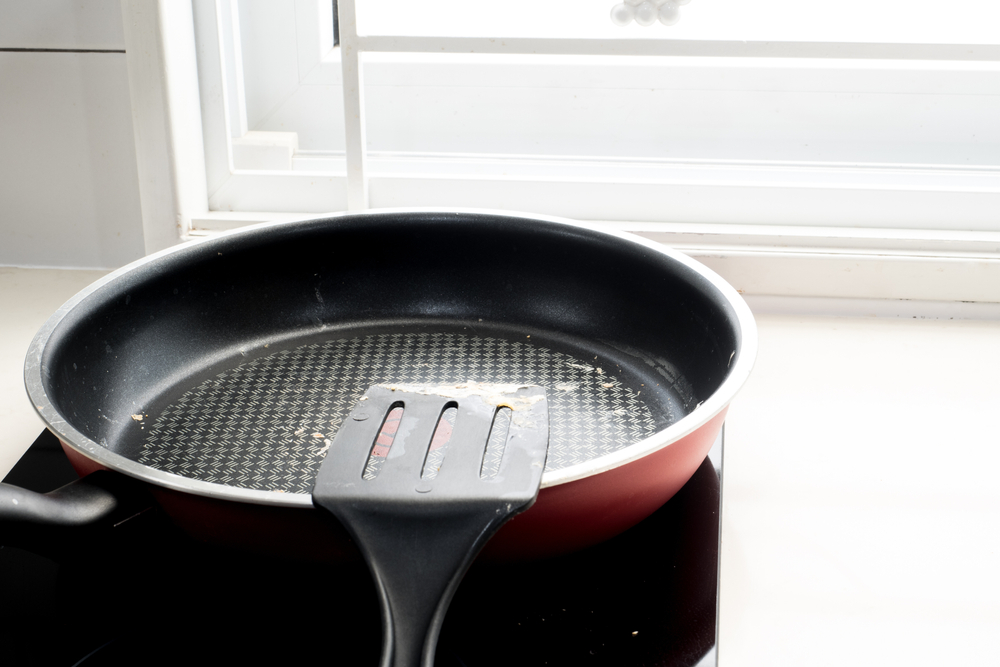
Not all pans are created equal, and using the wrong one can impact the outcome of your dish.
A nonstick pan is great for delicate foods like eggs and fish but won’t give you a proper sear on meat.
Cast iron or stainless steel pans hold heat better and are perfect for high-heat cooking, while nonstick should be used for low-heat dishes.
Skipping Preheating
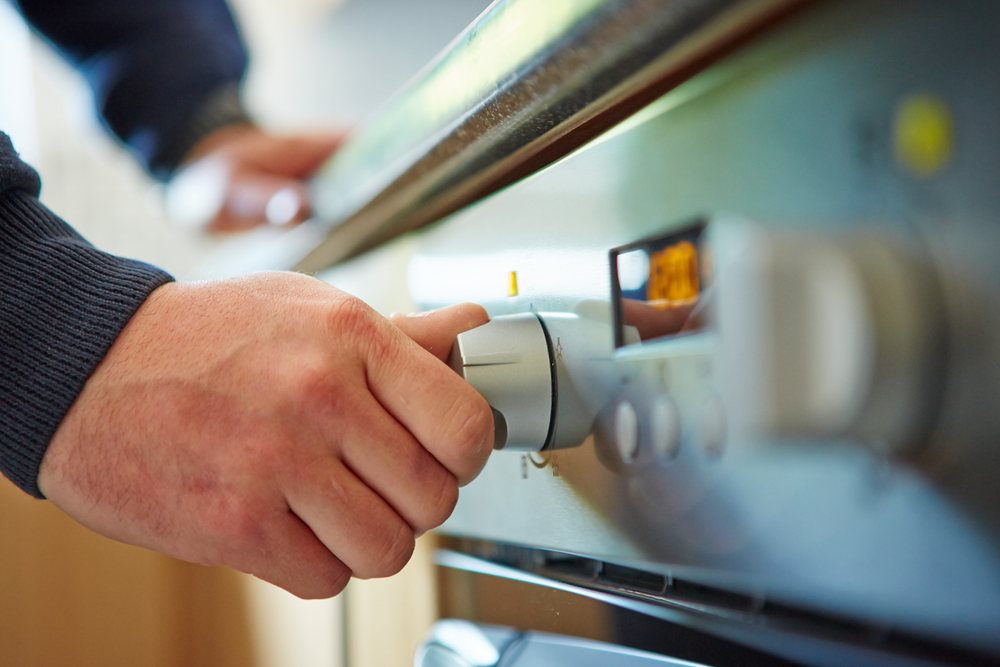
Many home cooks rush into cooking without giving their oven, pan, or oil enough time to preheat.
This leads to food sticking to the pan, uneven cooking, or soggy textures when crispiness is needed.
Always allow your cooking surface to reach the right temperature before adding ingredients for the best results.
Sticking to One Cooking Method
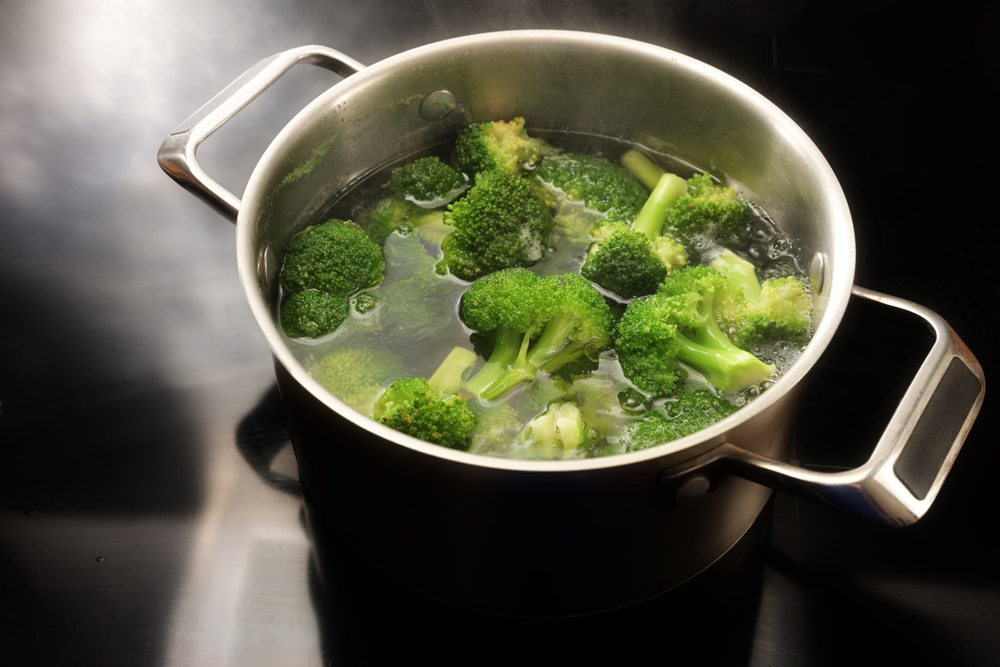
If you always cook the same way—whether it’s frying, boiling, or baking—you’re limiting your potential.
Different techniques like roasting, braising, sous vide, or grilling can completely transform the flavor and texture of food.
Learning new cooking methods not only improves your skills but also makes mealtime more exciting.
Measuring Instead of Tasting

Recipes provide guidelines, but ingredients like produce, meat, and spices vary in intensity and freshness.
Measuring everything exactly as written won’t always produce the best results.
Instead, use recipes as a starting point, but always taste and adjust seasoning, acidity, and texture to make the dish truly shine.
Relying Solely on Recipes

Following a recipe step-by-step is helpful, but understanding the “why” behind cooking techniques makes you a better cook.
Instead of just copying instructions, learn how ingredients interact and how cooking times affect texture.
Once you grasp the basics, you can improvise, adjust flavors, and create your own dishes with confidence.
Being Afraid of High Heat
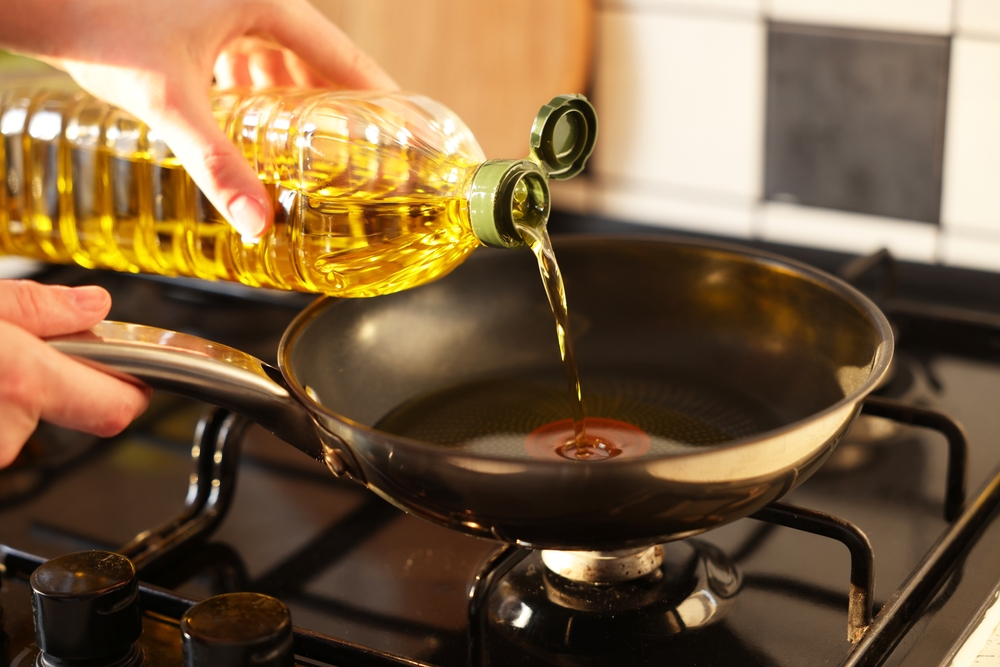
Many home cooks keep their stove on medium or low heat out of fear of burning food.
However, certain foods—like meats and stir-fries—need high heat to develop a proper sear and deep flavor.
Knowing when to turn up the heat (for browning and sautéing) and when to keep it low (for simmering and melting) makes a huge difference in the final dish.

